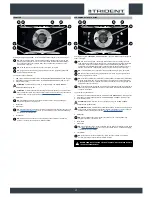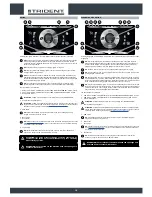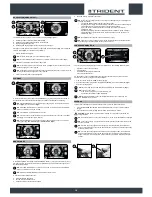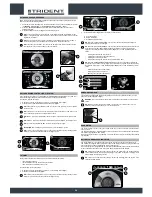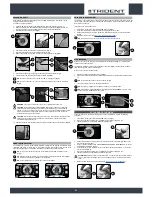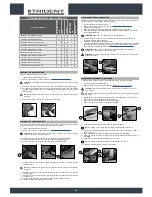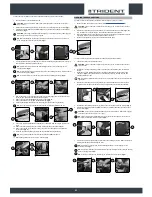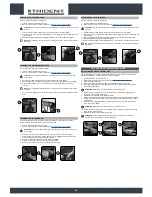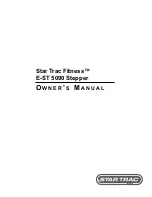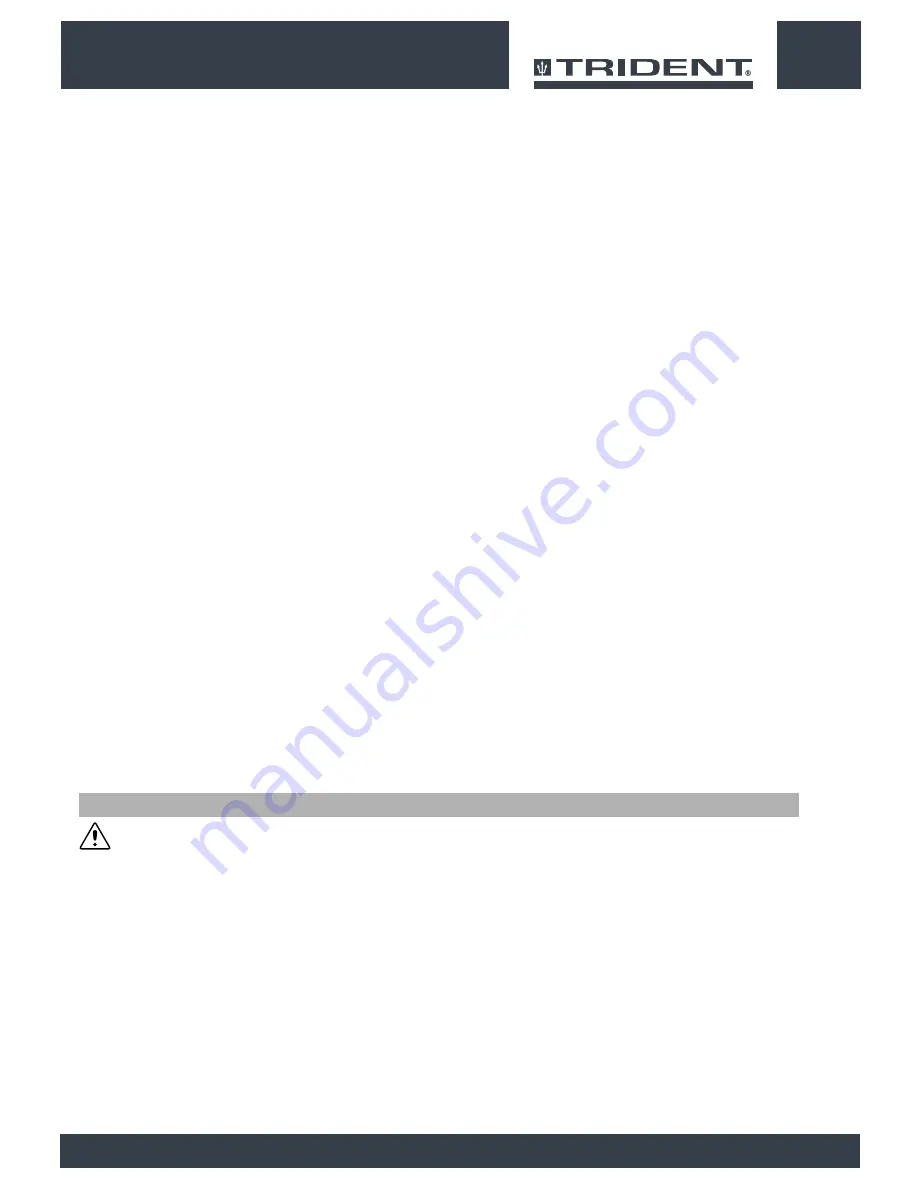
• If the machine needs to be pushed for maintenance purposes (batteries absent; discharged
batteries; etc.), never exceed 2.49 mph.
• If there are any machine operation anomalies, check they are not due to a lack of proper
maintenance. Otherwise, request the intervention of authorised personnel or an authorised
service centre.
• If any parts need to be replaced, always request ORIGINAL spare parts from an authorised
dealer or retailer.
• To ensure machine safety and its proper functioning, always have the scheduled maintenance
interventions (specified in the appropriate section of this manual) performed by authorised
personnel or by an authorised service centre.
•
Do not clean the machine with direct or pressurised jets of water, or with corrosive substances.
• If lead batteries (WET) have been installed on the machine, avoid tilting it beyond 30° in
relation to the horizontal plane, as this could cause the highly corrosive liquid to leak out of
the batteries.
• Avoid contact with the battery acid.
•
Keep all metal objects away from the batteries.
• Use a non-conductive device to remove the battery.
• Use a hoist and suitable equipment when lifting the batteries.
•
The battery must be installed by qualified personnel.
• Always observe the safety measures of the site regarding battery removal.
• If the machine needs to be tilted for maintenance procedures, remove the batteries.
• Have the machine checked by an authorised technical assistance centre every year.
• When disposing of consumable materials, observe the laws and regulations in force. Once
the machine has reached the end of its service life, the materials contained within it must be
disposed of in an appropriate manner, keeping in mind that the machine itself has been built
using fully recyclable materials.
• Only push or tow the machine when the seat is occupied by an operator able to control the
machine.
• Do not wash the machine with pressurised water, or wet it in the vicinity of electrical components.
•
All repairs must be carried out by qualified personnel.
• Do not physically change the design characteristics of the machine.
• Use spare parts provided by authorised service centres.
• Wear personal protective equipment as required and as suggested in the manual.
WARNING:
• Drain both tanks before transport.
• Bring both the squeegee and the brushes to a working position before securing the machine
to the transport vehicle.
• Use a ramp, truck or trailer that can support the weight of the machine and the operator.
• The ramp gradient must not be such as to cause damage to the machine as it moves up onto
the vehicle.
• Make sure the electric brake is correctly engaged after loading the machine onto the transport
vehicle.
TRANSPORT
9

















